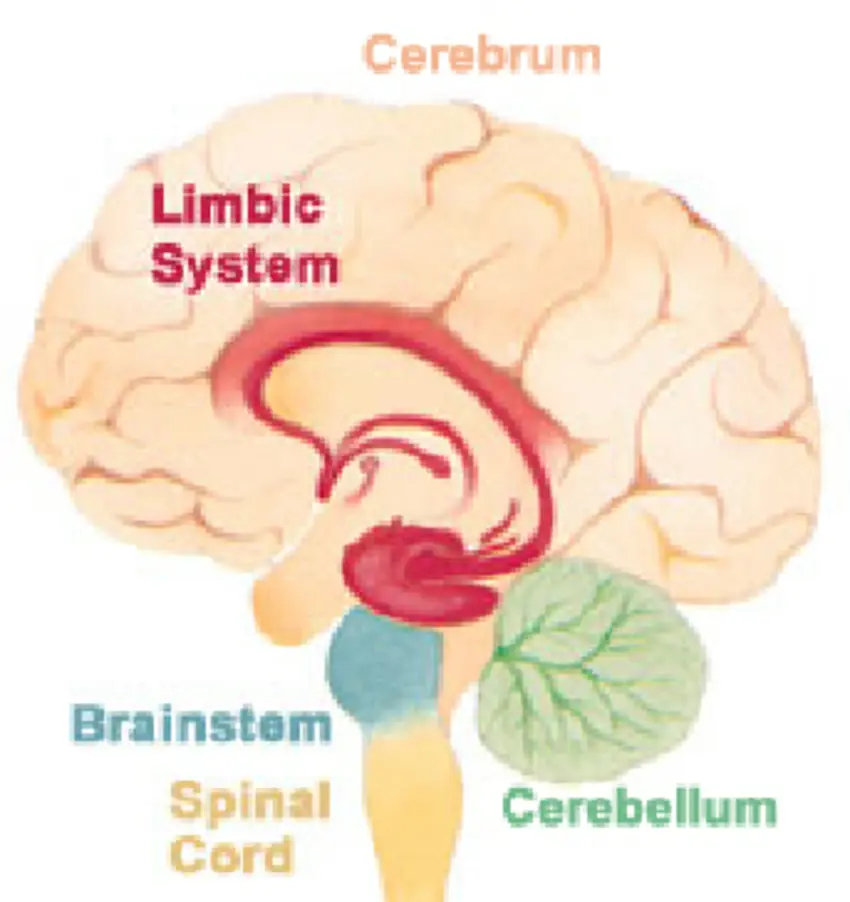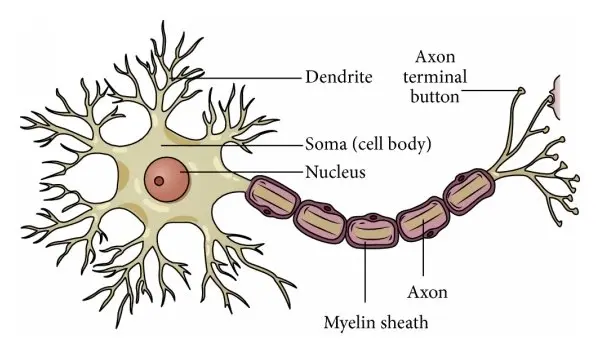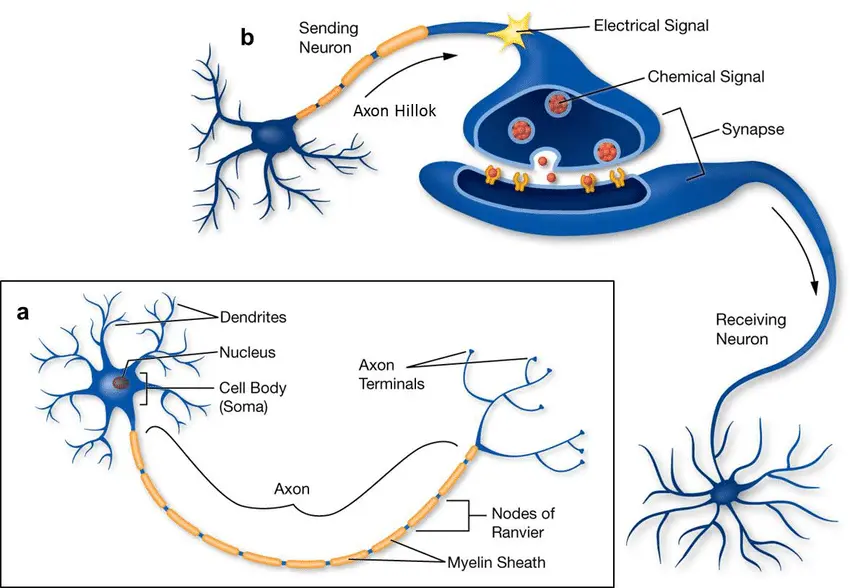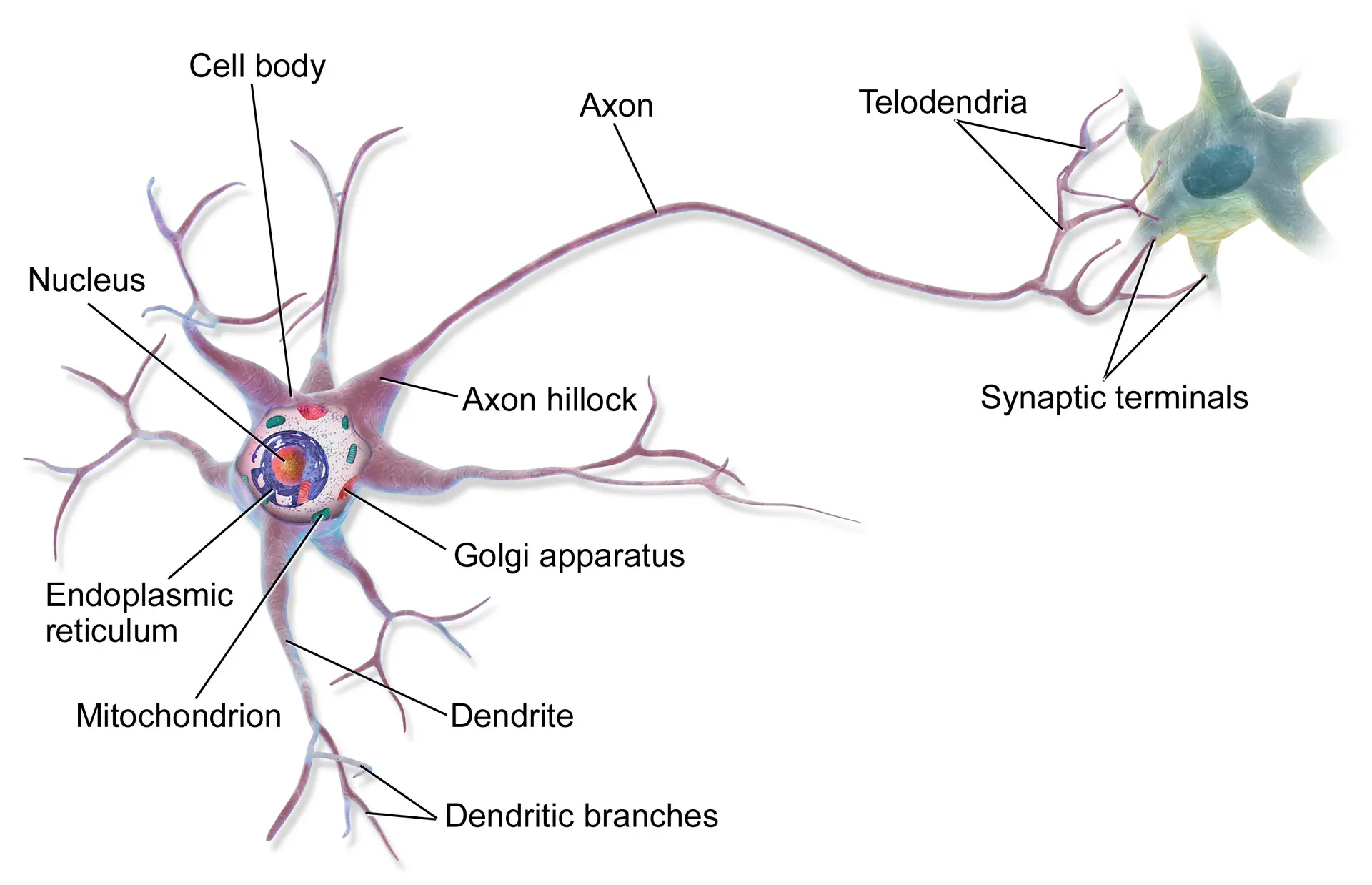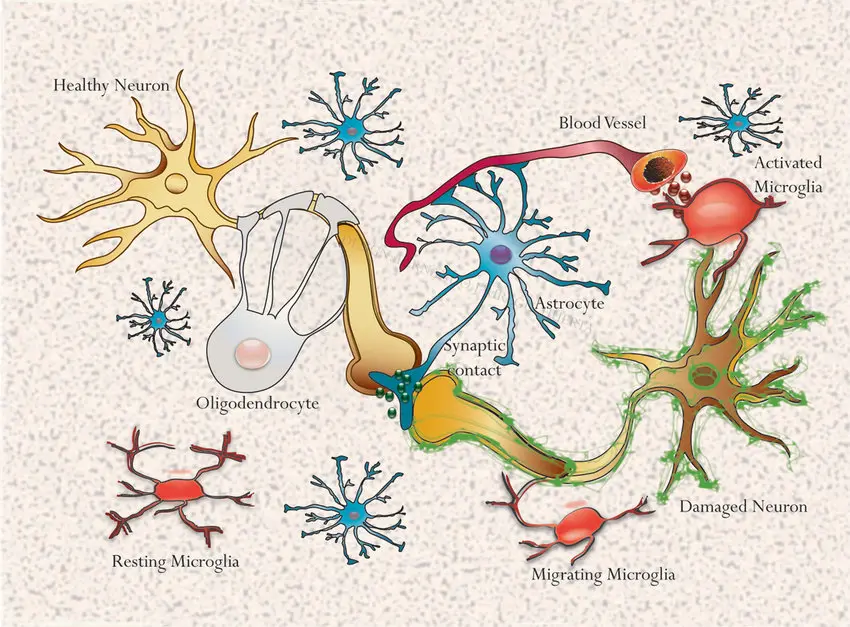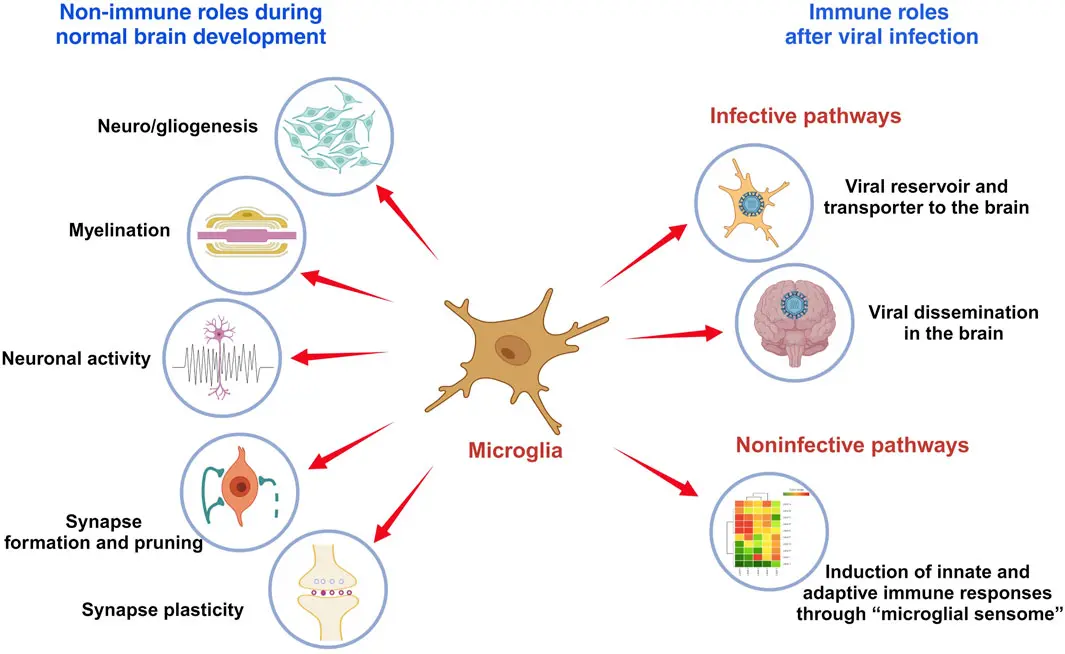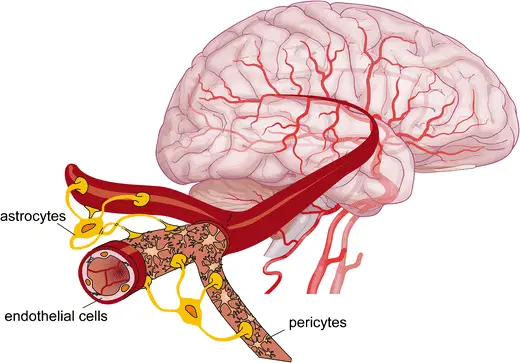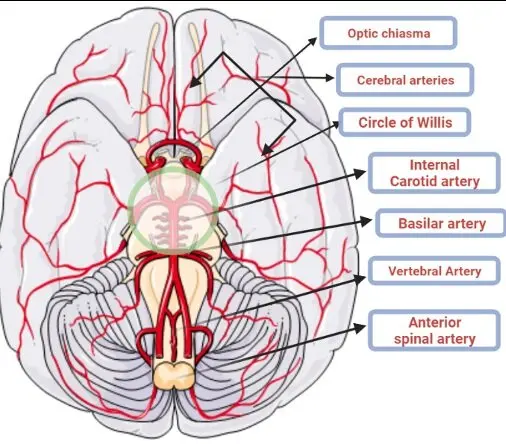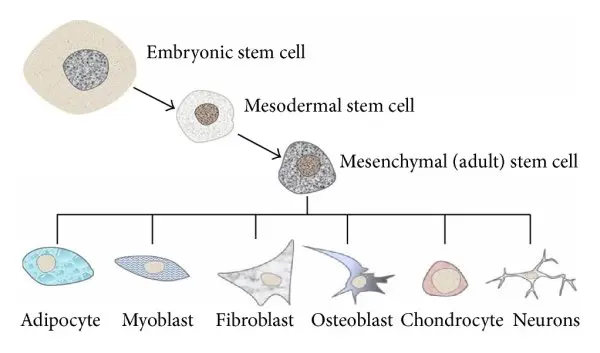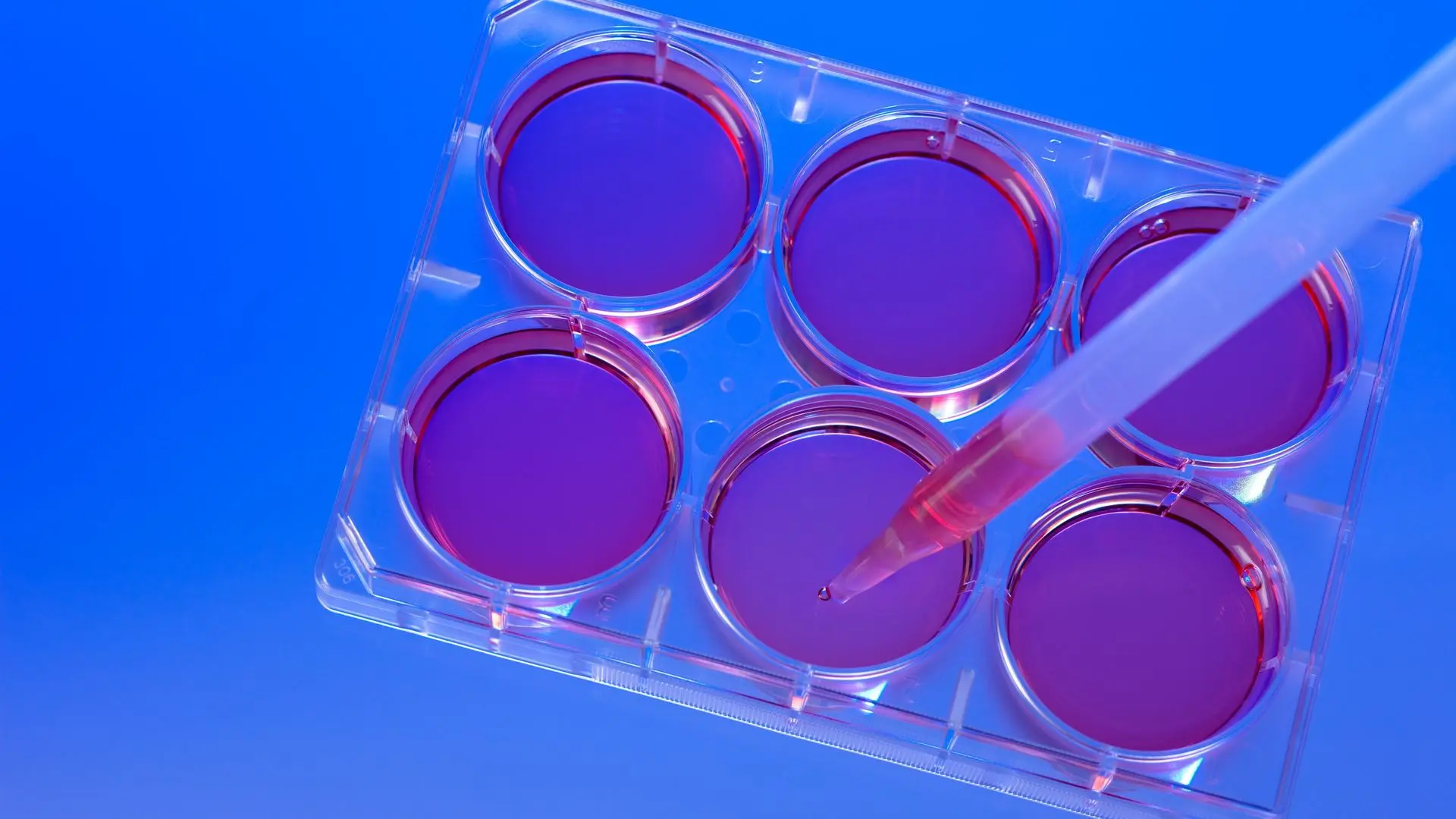Pioneering the Future of Cerebrovascular Health
Pioneering the Future of Cerebrovascular Health Through Innovative Biotechnology
Welcome
Welcome to a place where science meets compassion and innovation transforms lives. We are dedicated to advancing the diagnosis and treatment of cerebrovascular diseases through state of the art medical technologies. Our goal is to improve outcomes for patients affected by stroke and other neurovascular conditions by delivering faster, safer, and more effective care powered by the latest breakthroughs in biomedical engineering and biotechnology.
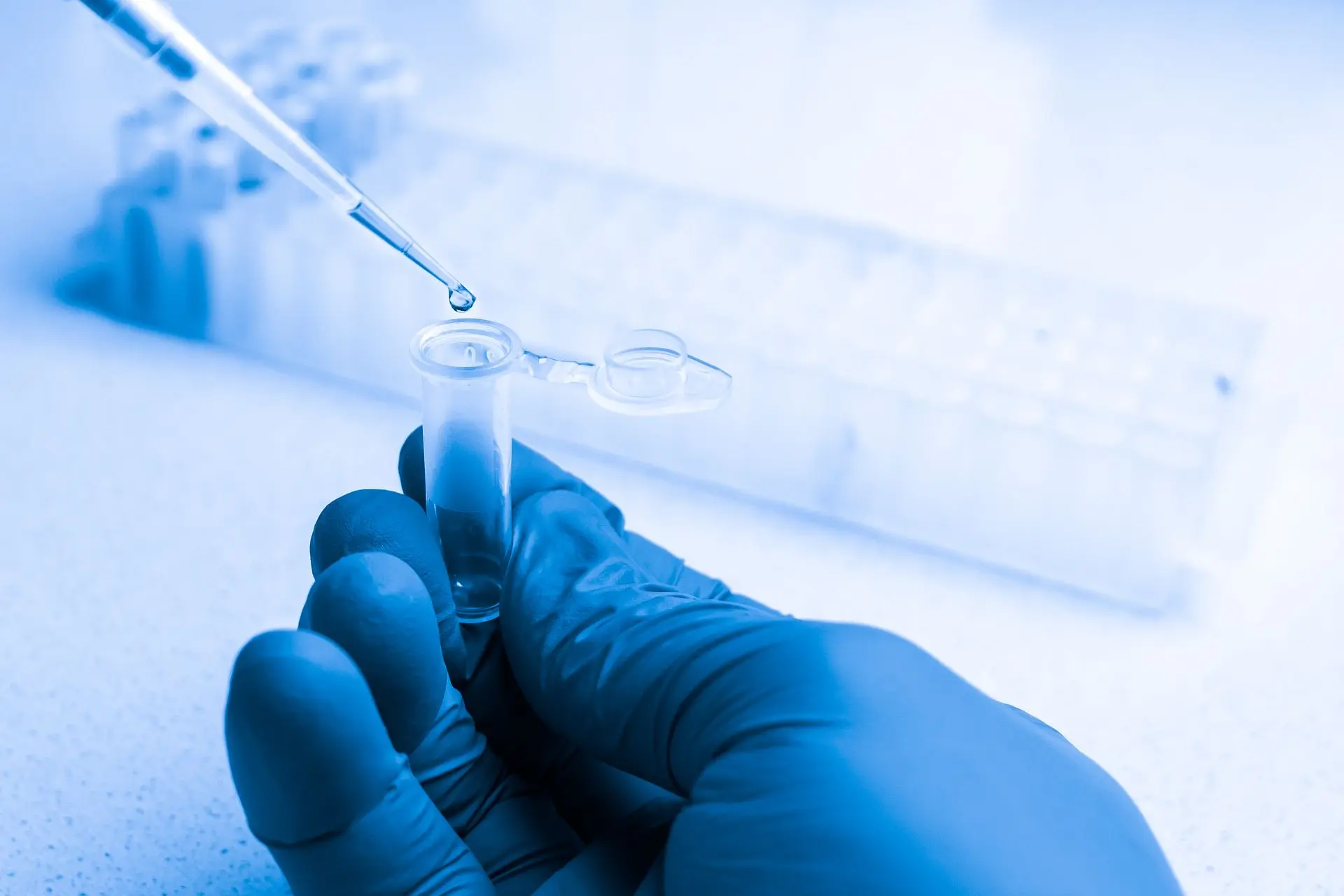
About Us
Our work is driven by a deep commitment to solving some of the most urgent challenges in brain and vascular health. With a team composed of medical professionals, neuroscience researchers, engineers, and biotechnology innovators, we focus on creating transformative tools and therapeutic solutions

Understanding the Brain: The Masterpiece of Biological Engineering
Before delving into diseases and biotechnology, it is essential to appreciate the intricate complexity and elegance of the human brain the command center of the body, responsible for thought, sensation, memory, and emotion.
The Brain: Architect of Thought and Life
Cerebrum (Cerebral Cortex)
The cerebrum is the largest part of the brain and controls thinking, memory, speech, and movement. It has four main parts. The frontal lobe helps you make decisions and solve problems. The parietal lobe lets you feel touch and understand space. The temporal lobe helps with hearing, language, and remembering things. The occipital lobe helps you see and understand what you’re looking at.
Cerebellum
The cerebellum is under the cerebrum, at the back of your head. It helps you stay balanced and move smoothly. When you walk, run, or pick something up, your cerebellum makes sure your movements are steady and controlled.
Brainstem
The brainstem connects your brain to your spinal cord. It controls basic things your body needs to stay alive, like breathing, your heartbeat, and digestion. It also handles simple actions like blinking and swallowing, without you needing to think about them.
Limbic System
The limbic system is deep inside the brain and controls your emotions and memories. It helps you feel happy, sad, or scared, and helps you remember important things from your life.
Neurons: Microscopic Giants of Communication
Neurons are the fundamental units of the brain and nervous system. These highly specialized cells are responsible for receiving, processing, and transmitting information throughout the body. Every thought you have, every sensation you feel, and every movement you make is the result of billions of neurons working together in harmony. Their activity forms the basis of all human cognition, emotion, and behavior.
Dendrites
Dendrites are small, branch-like structures that extend from the neuron's cell body. Their main role is to receive signals from other neurons. These incoming signals are in the form of chemical messengers released from the synapses of nearby neurons. Once received, these signals are passed along to the soma for processing.
Soma (Cell Body)
The soma, or cell body, acts as the control center of the neuron. It processes all the incoming signals collected by the dendrites and determines whether the neuron should pass this information along. In addition to this processing role, the soma is also responsible for maintaining the neuron's health and overall function by producing essential proteins and energy.
Axon
If the soma decides to transmit the processed signal, it sends the electrical impulse down a long, cable-like extension called the axon. The axon carries this signal away from the soma to other neurons, muscles, or glands. Some axons are extremely short, while others can stretch over long distances to reach different parts of the body.
Myelin Sheath
The axon is often covered by the myelin sheath, a fatty insulating layer produced by glial cells. This sheath plays a crucial role in speeding up the electrical impulses as they travel along the axon. Without this insulation, the signal would move much slower, reducing the brain’s ability to process information quickly and efficiently.
Synapse
At the end of the axon is the synapse, a small gap between one neuron and the next. Here, the electrical signal triggers the release of neurotransmitters special chemical messengers that cross the gap and bind to receptors on the neighboring neuron's dendrites. This process ensures the smooth flow of information throughout the neural network.
Glial Cells: The Silent Architects
Glial cells are essential, unseen players in preserving the structure and functionality of the brain, even though neurons are frequently the main focus of attention. The brain would not function without glial cells, sometimes known as the "silent architects" of the nervous system, even though they do not transmit signals like neurons do.
Glial cells serve as the scaffolding that keeps neurons in place and offer crucial structural support. Additionally, they support immunological defense, which shields the brain from damage and infections. They also control waste removal, removing dead cells and cellular debris, and they guarantee nutrient delivery by controlling the flow of substances between blood vessels and neurons.
Astrocytes
Glial cells with a star shape called astrocytes aid in preserving the extracellular milieu surrounding neurons. They participate in the formation of the blood-brain barrier, a vital defense mechanism that prevents dangerous substances from entering the brain, control ion concentrations, and recycle neurotransmitters.
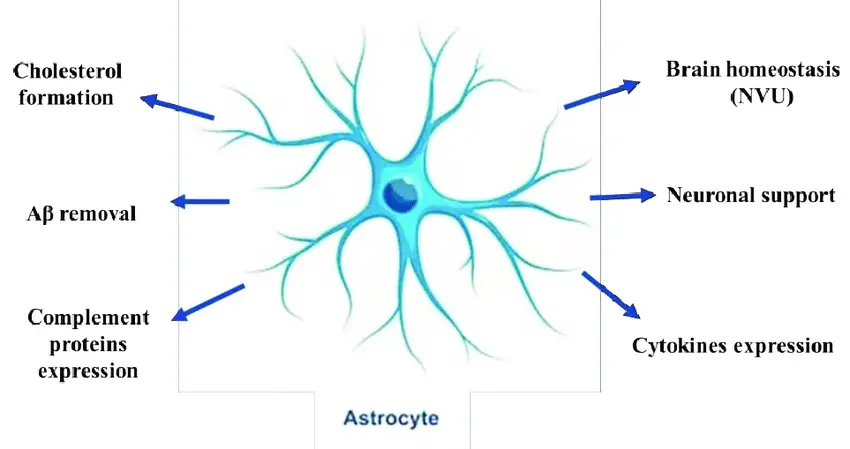
Oligodendrocytes
The central nervous system's (CNS) myelin sheath is made by oligodendrocytes. The fatty sheath that envelops axons, known as myelin, facilitates faster and more effective transmission of nerve signals. Oligodendrocytes are very efficient support cells because they can myelinate several axons simultaneously.
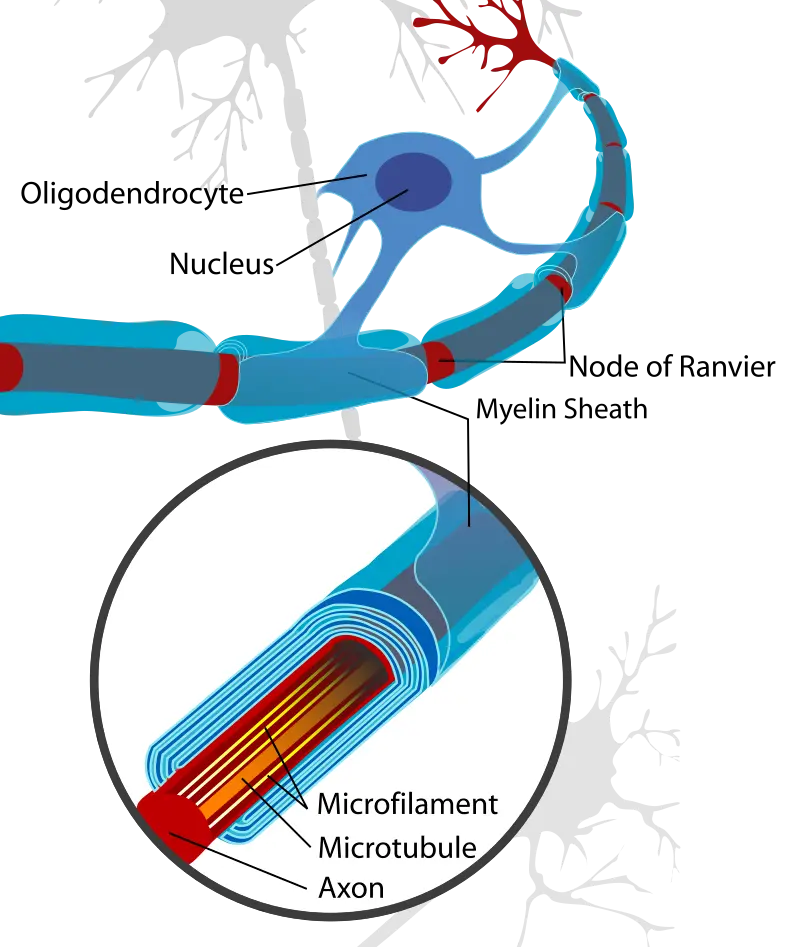
How Blood Flows in the Brain
The brain needs a steady supply of oxygen and nutrients to stay healthy and work properly. To do this, it uses a special system of blood vessels.
Main Arteries
Blood is brought to the brain by two main types of arteries:
- Carotid arteries (in the front of the neck)
- Vertebral arteries (in the back of the neck)
These arteries carry fresh, oxygen-rich blood from the heart straight to the brain.
Circle of Willis
Inside the brain, these arteries are connected in a round shape called the Circle of Willis.
Tiny Blood Vessels (Capillaries)
Once the blood reaches the brain, it flows into very small tubes called capillaries.
These capillaries bring oxygen and sugar (glucose) to brain cells and take away waste. This is how brain cells get their fuel to think, move, feel, and remember.
Biotechnological Innovations: Brain Research
NeuroVasx integrates advanced biotechnology into cerebrovascular medicine in unprecedented ways:
Nanotechnology
Nanotechnology is about using tiny materials to deliver medicine or help the body heal. These are some exciting tools now used in brain health:
- Lipid Nanoparticles(LNPs): Used to carry medicine safely through the blood-brain barrier. These are also used in mRNA vaccines.
- Antimicrobial Nanocoatings: Applied to catheters and stents to prevent infections and reduce blood clots.
Smart Devices and Healing Materials
New medical devices use advanced materials that work with the body to heal and protect the brain’s vessels.
- Self-Healing Polymers: Used in vascular grafts and stents, these materials can repair small cracks on their own.
- 3D-Bioprinted Vascular Scaffolds: Custom-printed with patient cells to help grow new blood vessels after damage.
- Stem Cell-Seeding Devices: Made to hold stem cells in place while they grow and repair tissues.

Gene Technology – Targeted Genetic Solutions
Gene-based technologies are being studied for their potential to strengthen brain blood vessels and reduce risks of certain conditions.
Examples of gene innovations in vascular care:
- CRISPR-Cas9 Gene Editing: Allows scientists to precisely remove or correct harmful genes that affect blood vessel structure.
- Adeno-Associated Virus (AAV) Vectors: Used in labs to deliver helpful genes into vascular cells without causing disease.
- siRNA (Small Interfering RNA): A method that blocks the expression of certain genes linked to inflammation or plaque buildup in arteries.
Stem Cell Technology – Natural Repair Systems
Stem cells are special cells that can grow into different types of tissue. In brain health, they are being explored for their ability to repair damage from vascular problems like stroke.
Types of stem cell-based innovations:
- Neural Stem Cells: Being studied for their ability to restore brain tissue after injury.
- Endothelial Progenitor Cells (EPCs): Support the repair and growth of damaged blood vessels.
- Mesenchymal Stem Cells (MSCs): Known for their anti-inflammatory and healing properties, often used in vascular regeneration research.
At NeuroVasx, we focus on making brain and blood vessel health easier to understand. Our site explores how the brain works, what can cause problems like stroke, and how new biotechnology tools are helping to improve care. Whether you're learning, researching, or just curious, we’re here to share clear and helpful information.
